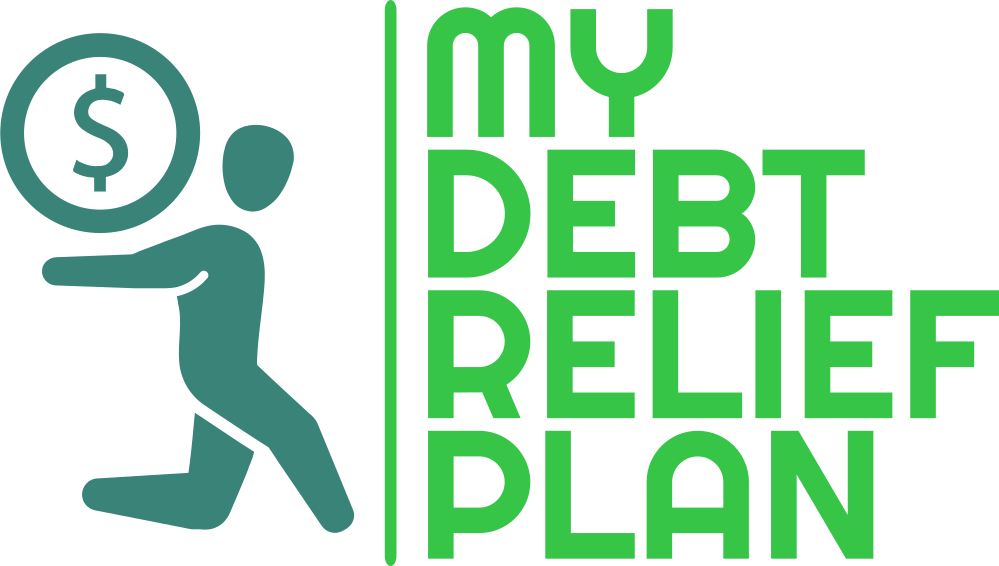Debt Snowball vs. Debt Avalanche: Which Method Works Best For You?
If you’re tackling multiple debts, choosing the right repayment strategy is key. The two most popular methods are the debt snowball and debt avalanche approaches—each with distinct benefits depending on your goals. In this guide, we’ll explain both strategies, weigh the pros and cons, and help you decide which one is best for your financial journey.

Contents
What Is the Debt Snowball Method?
The debt snowball method focuses on paying off your smallest debts first, regardless of interest rate. This approach helps build motivation by giving you quick wins early in your repayment journey.
✅ How It Works:
-
List all your debts from smallest to largest balance.
-
Make minimum payments on all debts.
-
Put extra money toward the smallest debt.
-
Once it’s paid off, roll that payment into the next debt.
-
Repeat until all debts are paid.
💡 Example:
-
$400 credit card (18% interest)
-
$2,000 personal loan (10% interest)
-
$5,000 student loan (5% interest)
You’d pay off the $400 credit card first—even though it has the highest interest—then the $2,000 loan, and finally the $5,000 loan.
⭐ Pros:
-
Quick wins = increased motivation
-
Easier to stick with for beginners
-
Helps build confidence and financial habits
⚠️ Cons:
-
You may pay more in interest over time
-
Doesn’t prioritize high-cost debt
What Is the Debt Avalanche Method?
The debt avalanche method focuses on saving money by targeting the highest interest rates first, regardless of balance. This strategy helps minimize the total amount of interest paid.
✅ How It Works:
-
List all your debts from highest to lowest interest rate.
-
Make minimum payments on all debts.
-
Put extra money toward the debt with the highest interest rate.
-
Once paid off, move to the next-highest rate.
-
Repeat until you’re debt-free.
💡 Example:
-
$400 credit card (18% interest)
-
$2,000 personal loan (10% interest)
-
$5,000 student loan (5% interest)
You’d start with the credit card, then the personal loan, and lastly the student loan.
⭐ Pros:
-
Saves the most money on interest
-
Can reduce overall payoff time
-
Ideal for analytical thinkers focused on efficiency
⚠️ Cons:
-
Progress may feel slower at first
-
Less motivating if your highest-interest debt is also the largest
Debt Snowball vs. Debt Avalanche: Which One Is Better?
There’s no one-size-fits-all answer. The right method depends on your personality, discipline level, and financial goals.
| Feature | Debt Snowball | Debt Avalanche |
|---|---|---|
| Focus | Smallest balance | Highest interest rate |
| Speed of motivation | Faster (quick wins) | Slower (longer to see results) |
| Total interest paid | Higher | Lower |
| Best for people who… | Need emotional momentum | Want to save the most money |
Which Debt Repayment Strategy Should You Choose?
✅ Choose the Debt Snowball Method if:
-
You feel overwhelmed by debt and need a quick win.
-
Motivation and momentum are more important than math.
-
You struggle with consistency and need frequent progress markers.
✅ Choose the Debt Avalanche Method if:
-
You want to pay the least amount of interest.
-
You can stay focused even without early wins.
-
You have a high-interest debt that’s costing you a lot.
Bonus: Combine Both Methods (Hybrid Approach)
Some people start with the debt snowball to build confidence, then switch to the debt avalanche once they’ve eliminated a few balances.
This hybrid approach offers early motivation and long-term savings, making it a great option if you’re unsure where to start.
Final Thoughts: The Best Way to Pay Off Debt
Whether you choose the debt snowball or debt avalanche, the most important thing is to start. Both strategies offer a clear, step-by-step roadmap out of debt—and both have helped thousands of people achieve financial freedom.
Choose the method that keeps you motivated, saves you money, and fits your lifestyle. Consistency is more important than perfection. Start today, stay focused, and remember: becoming debt-free is possible.


